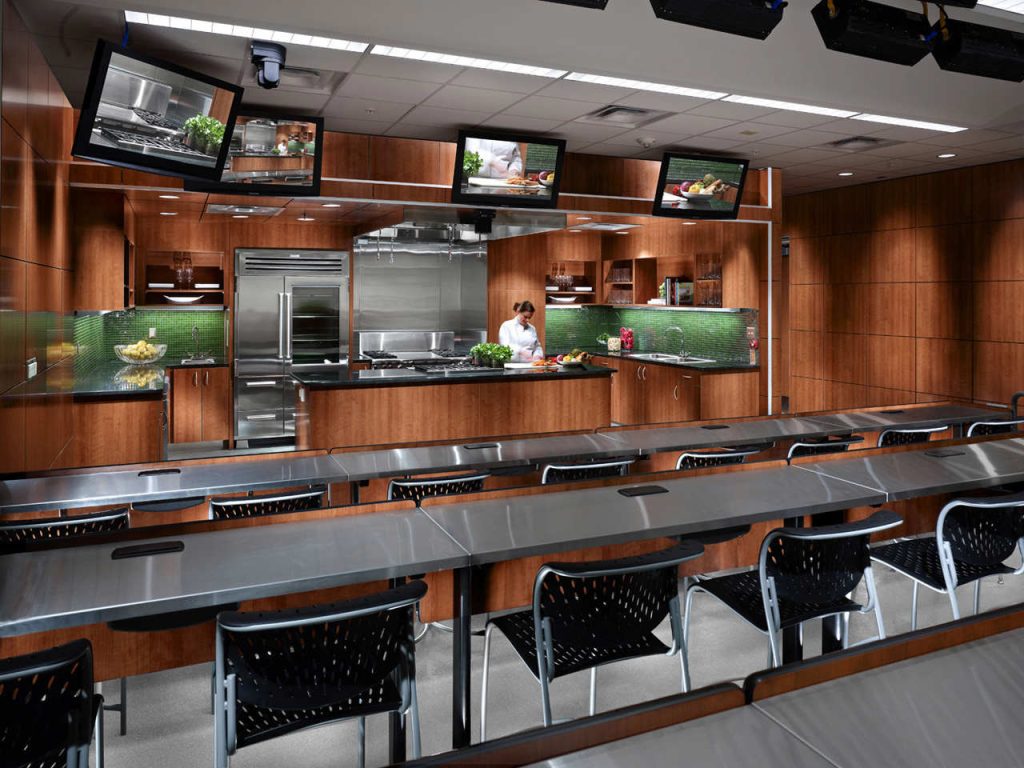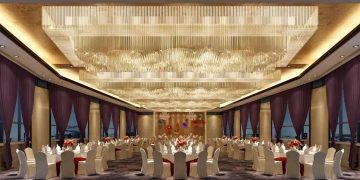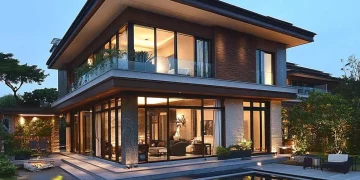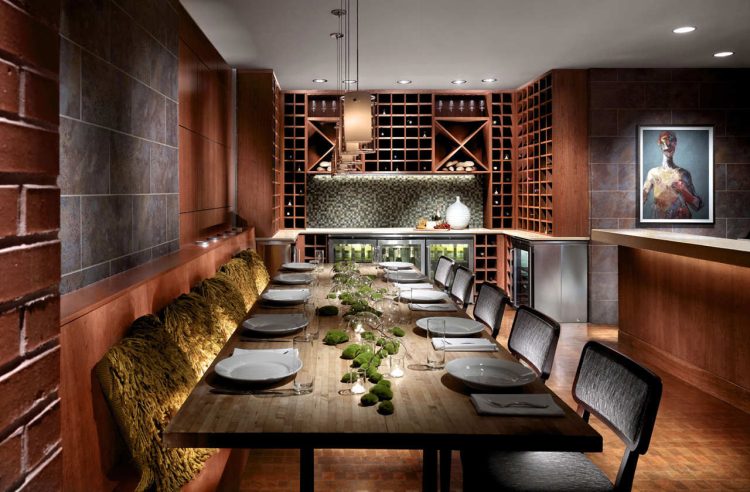The Culinary Canvas: Interweaving Architecture with Dining
The ritual of dining has always been a central component of human life. Beyond the allure of sumptuous cuisine and attentive service, the architectural environment encompassing the dining experience plays an integral role in shaping contemporary gastronomic culture. Trends in dining architecture, ranging from experiential dining spaces and sustainable, eco-friendly designs to flexible usage of space and artistic cultural expressions, are evolving in tandem with our eras. They embody a multifaceted awareness of design and style, and with designs that appeal to the senses, they fulfill modern aspirations for a rich and varied lifestyle.
Architectural Innovations:
Global Styles in Gastronomic Design
Whether it is the sustainable dining development symbolized by a silver spherical structure by the bay, environmentally friendly giant bamboo restaurants, nomadic restaurant experiences, verdant coffee gardens encased in three-dimensional frames, low-energy eateries capturing light and shadow with minimalist aesthetics, or intimate mountain retreats harmoniously blending haute cuisine with nature’s beauty, these global dining designs enrich our culinary lives with diverse gastronomic delights. Their narratives contribute to the fabric of contemporary culinary culture, steering towards a future harmonious and sustainable.
Aesthetic Divergence:
The Artful Imperfection of French Kitsch III Café
Crafted by the Thai architectural firm TOUCH Architect, the French Kitsch III Café is a testimonial to textured raw concrete and artful design celebrating imperfection. Challenging the established perceptions of beauty, the café employs eclectic arches and irregular, sculptural design tactics to reflect on the ‘kitsch’ phenomenon.
Reimagined Arches and Spaces
At French Kitsch III Café, contrasting arches form a distinctive dining area that is an orchestration of unconventional beauty. With irregular shapes carving through the space, creating not just physical structures but also a narrative that confronts conventional aesthetics.

Integration with Nature:
Creating a Verdant Vitality Within Architecture
The café introduces a vitality through a green tree reaching toward a skylight within its layered arch structure. Expansive windows and skylights alleviate the density of concrete, infusing the interior with natural light, while a tree rises between floors—a living sculpture in harmony with the structural artistry around it.
Artistic Harmony:
Tanatap Frame Garden: Coffee in a Living Picture Frame
Nestled within Jakarta’s residential density, Tanatap Frame Garden presents a unique trapezoidal frame design that engenders a communicative realm between observer and observed. Bridging park greenery with an enclosed botanical sanctuary, Tanatap Frame Garden embraces the natural world.
Tangible Dynamics:
Harudot by Nana Coffee Roasters: Rhythmic Architecture in Coffee Form
In Harudot, a partnership between Thai coffee brand Nana Coffee Roasters and a local plant enthusiast, design meets ecology. This Thai establishment utilizes mountainous forms and rhythmic patterns to create a minimalist and dynamic architectural presence. The emphasis on plant life, particularly the iconic Baobab tree, adds to Harudot’s narrative of growth and renewal.
Sustainable Narratives:
Stalk Tree-Hugger Bar: A Shade Canopy for Urban Dining
RAD+ar’s Stalk Tree-hugger Bar crafts an interactive dining experience under a billowing white canvas that captures fluctuating shades of nature. This structure, backdropped by a tropical palette, becomes more than a canopy—it’s a canvas where the restaurant guests dine amidst a choreography of light and shadows, enhancing the sensory encounter with the surrounding nature.
Conclusion:
Designing for Sensory Delights and Sustainable Futures
These architectural marvels, by harmonizing design innovation with culinary experiences, not only advocate for ecological stewardship but also serve as beacons of contemporary dining culture. They are narratives of ingenious spaces that foster interaction, reflection, and a celebration of the senses. As we look towards the future, it is clear that such thoughtful, purpose-driven design in culinary spaces will continue to shape the dining experiences of tomorrow, resonating with the rhythm of our world and the pulse of its people.
















































